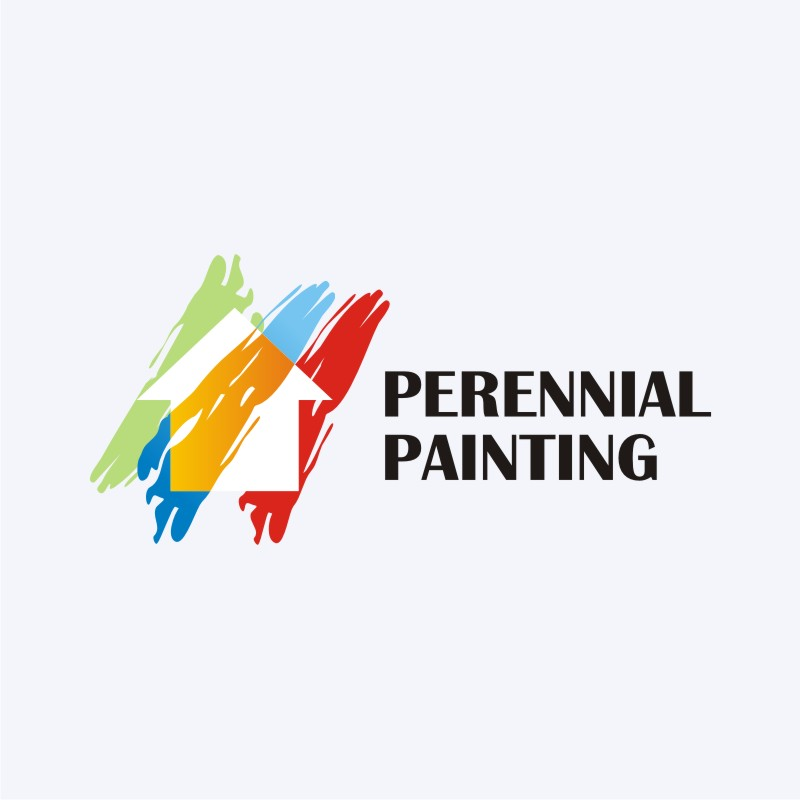Understand Exactly How Seasonal Problems Affect The Success Of Commercial Outside Painting And Learn The Perfect Durations To Ensure Durable End Results For Your Project
Understand Exactly How Seasonal Problems Affect The Success Of Commercial Outside Painting And Learn The Perfect Durations To Ensure Durable End Results For Your Project
Blog Article
Developed By-Fox Decker
When you're preparing a business exterior paint job, seasonal variables can make or damage your results. housing paint 'll wish to consider just how temperature level and humidity impact paint application and drying times. Picking the ideal period can guarantee your paint adheres properly and lasts longer. But which periods are absolutely the most effective for this sort of job? Allow's discover the key elements that can influence your job's success.
The Effect of Temperature on Paint Application
When you're planning a business external paint task, the temperature can dramatically influence how well the paint adheres and dries.
Ideally, you want to repaint when temperatures vary between 50 ° F and 85 ° F. If it's as well cool, the paint may not heal properly, leading to problems like peeling off or splitting.
On the other hand, if it's too warm, the paint can dry out as well promptly, avoiding appropriate attachment and leading to an uneven finish.
You must also consider the moment of day; early morning or late afternoon supplies cooler temperature levels, which can be more positive.
Always check the manufacturer's referrals for the particular paint you're utilizing, as they often give assistance on the optimal temperature level array for ideal results.
Moisture and Its Effect on Drying Times
Temperature level isn't the only ecological variable that affects your commercial external paint task; moisture plays a significant duty also. High moisture levels can reduce drying times substantially, affecting the overall quality of your paint work.
When the air is saturated with dampness, the paint takes longer to treat, which can cause issues like bad attachment and a higher threat of mold growth. If go now on a specifically moist day, be prepared for extended wait times between coats.
It's important to keep track of neighborhood climate condition and strategy appropriately. Ideally, go for moisture levels in between 40% and 70% for optimal drying out.
Keeping these consider mind guarantees your task remains on track and supplies a long lasting surface.
Best Seasons for Commercial Outside Paint Projects
What's the best time of year for your industrial external painting projects?
Spring and early loss are generally your best options. During these periods, temperatures are light, and moisture degrees are often lower, developing excellent problems for paint application and drying.
Avoid summertime's intense heat, which can create paint to dry too swiftly, leading to inadequate adhesion and surface. In a similar way, winter season's cool temperatures can hinder correct drying out and treating, running the risk of the long life of your paint task.
Go for days with temperatures between 50 ° F and 85 ° F for optimal outcomes. Bear in mind to examine the regional weather report for rain, as damp problems can wreck your project.
Planning around these aspects guarantees your paint task runs smoothly and lasts much longer.
Conclusion
Finally, intending your industrial exterior painting jobs around seasonal factors to consider can make a significant difference in the result. By scheduling job during the excellent temperature levels and humidity levels, you'll ensure much better attachment and drying times. Keep in mind to keep an eye on local weather prediction and choose the right time of year-- spring and very early autumn are your best bets. Taking these steps will help you accomplish a resilient and professional surface that lasts.
